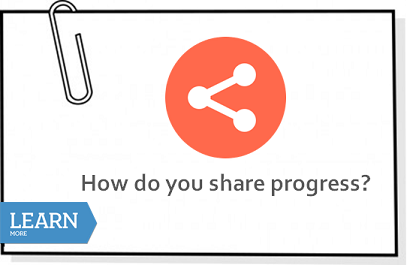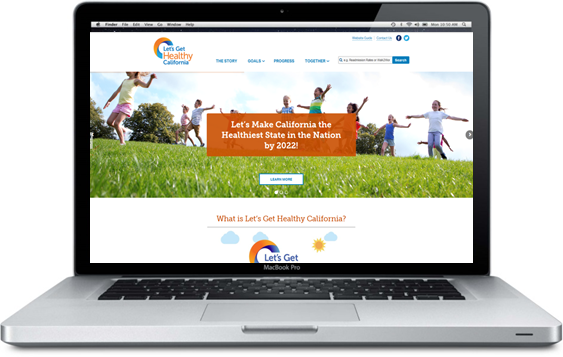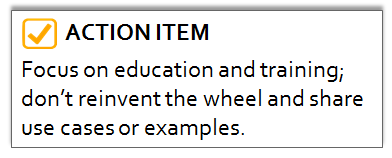DATA PLAYBOOK California Health and Human Services Agency
5. Share
Play 05. Share: progress & results
It will be important to recognize that we will have successes and failures and it will be equally important to communicate our failures as much as our successes in order for us to learn from both.

Storyboard – Create a data story to share the results of your data project. Think about how your data analysis contributes to your Department or program missions and goals. Create or leverage a Department mailing list to get the word out.
The MIT Center for Civic Media developed a guide for finding and creating various types of data stories: connection, comparison, change, persona, and factoid stories. Access the “finding a story” worksheet.
Meetings and Showcases – Don’t underestimate the power of leveraging the people network. Organize a “data showcase” for your team, or participate in one of emerging across the Agency. Use these events to build a shared understanding of data, celebrate successes, and learn from your peers.
How do we share lessons learned and create a feedback loop?
Documentation – The completion of an “Information Architecture Assessment” provides standard documentation about the characteristics, linkages, and dependencies of all the relevant data for each use case.
There’s an opportunity to use this documentation to build a repository of Agency data assets that captures the Agency’s “Information Architecture” for the most critical and valuable Agency data assets. Consider how the creation, maintenance, and sharing of such documentation can add to a greater Agency repository of resources.
Data Publication and Presentation – Your Department or program may have an established visual and brand style that can provide greater credibility to your data analysis. Aspects such as color, font face, and citation format can add consistency.
Consider the Audience – Consider the audience for the message of your data story. Is the audience the general public, a program manager, or a technician? What is their degree of data literacy?
Many think of data in terms of large reports with many charts and graphs, but we can’t expect all audiences to digest long reports. It’s better to offer increasingly deeper levels of detail. For example, lead with an impactful figure or statistics to entice the reader. Then, offer a single graph or short fact sheet with more detail. You can further link the audience to a full report or interactive visualization.
Use a text analyzer tool, such as the Hemingway Editor App, to ensure your narrative is impactful, clear, and tailored for your audience. Be sure to also consider your product’s accessibility to a wide array of users.
Check out the examples of CHHS data-driven success in the Success Stories section.


